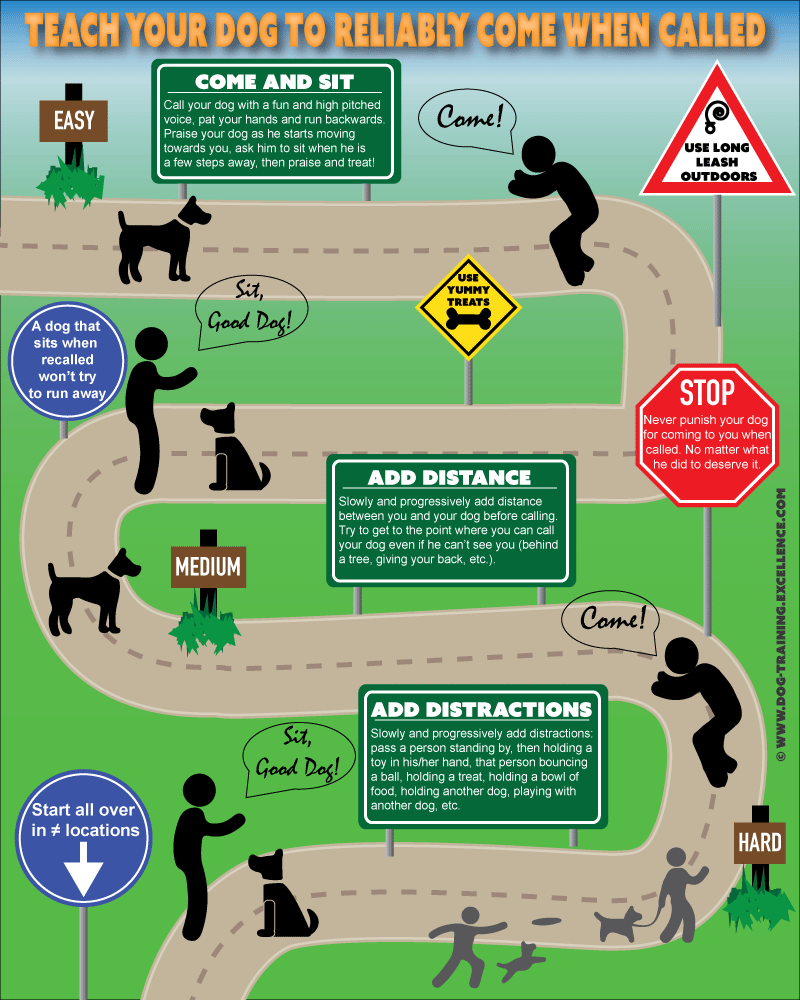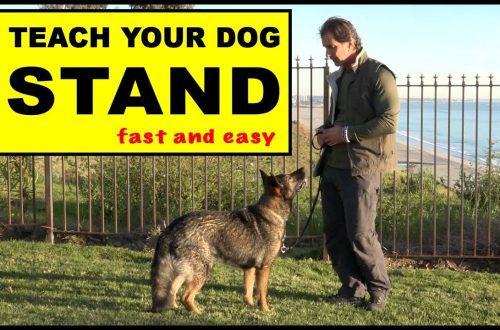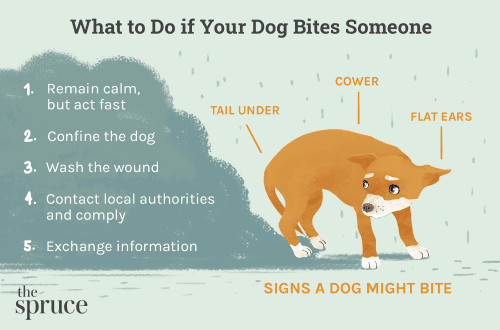
How to teach a dog to come on command?
There are quite a few ways to train your dog to come on command. We will consider the method of operant training and the method of induction with a food target.
Preparation for classes
The first lesson can be done at home, but you can immediately start exercising on the street. You should stock up on food reinforcement in advance, it will also be a food target. It should be the dog’s favorite treat or food that he definitely won’t refuse. Make sure your dog is hungry enough before training starts.
Starting the lesson, take the dog on a medium-length leash, which you will hold with your left hand.
Order of study
Operant training is characterized by the formation of a complex skill from its last element. And the last element of the approach will be landing the dog in front of the owner (and as close to him as possible).
So, stand in front of the dog almost closely, give the command “Come to me!” and plant her. If the dog can sit on command, good. If not, then without any command, take a food target in your right hand and present it to the dog – bring it to the nose and move the target from the nose back and up. Let’s hope that the dog, reaching for food, sits down. If this does not happen, lean towards the dog, take the collar with your right hand and fix the dog, preventing it from moving, and sit it down with your left hand, pressing on the sacrum. In the future, the dog should come up to you and sit next to you with one command “Come!”.
After sitting the dog, repeat “Come to me!” and feed her 2-3 treats. Then repeat the command again and feed 2-3 pieces of food. And again, have the dog sit in front of you for 5-10 seconds.
Over time, she will understand that “Come to me” means such a position-situation and that this position helps her to be happy, that is, full.
Then we give the command “Come to me!” and take one step back. If the dog does not get up and follow you, tug on the leash to force him to do so. Then we seat the dog in one of the described ways, encourage and force him to sit for up to 10 seconds, feeding food and repeating the command.
It is necessary to train in this way until the dog begins immediately after the command to readily follow you and almost independently sit down. After that, it remains only to increase the distance away from the dog. This should be done without haste and at first controlling the length of the leash – that is, by 5-7 steps. Try to run away from the dog, turn to face it. During walks, as often as possible, no matter what the dog is doing, call him, while you can run back a little. If the dog does not pay attention to the command, tug on the leash to force him to do so. When approaching, praise the dog, feed a treat and after 10 seconds let go for a walk again.
It is necessary to form in the pet the idea that approaching the owner on command is an obligatory attribute of a walk: he came up, sat down, fed you, praised him and sent him for a walk again. And never punish the dog after the call.
When the dog, under the control of the average length of the leash, will drop everything and run up to you at your command, move on to classes on a long leash. And repeat all the exercises.
Don’t be in a hurry to let your dog off the leash. If she understands that without a leash you lose power over her and her freedom, it will be impossible to prove the opposite.





